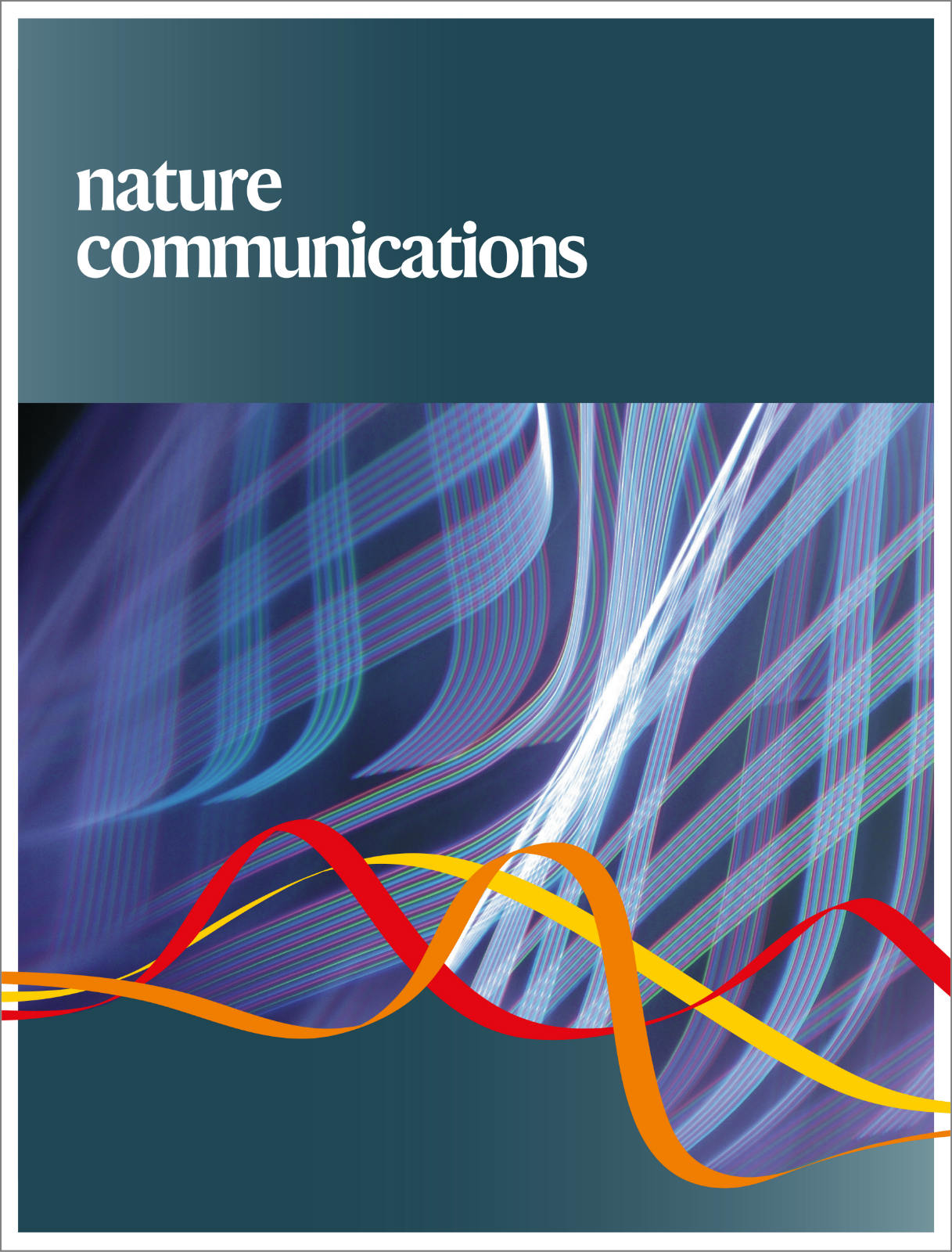Combining mucosal microbiome and host multi-omics data shows prognostic potential in paediatric ulcerative colitis.
IF 15.7
1区 综合性期刊
Q1 MULTIDISCIPLINARY SCIENCES
引用次数: 0
Abstract
Current first-line treatments of paediatric ulcerative colitis (UC) maintain a 6-month remission in only half of the patients. Relapse prediction at diagnosis could enable earlier introduction of immunosuppressants. We collected intestinal biopsies from 56 treatment-naïve children, combining mucosal quantitative microbial profiling with host epigenomics, transcriptomics, genotyping, and in vitro and in vivo experiments on selected bacteria. Baseline bacterial diversity is lower in relapsing children, who have fewer butyrate producers but more oral-associated bacteria, whereof Veillonella parvula induces inflammation in epithelial cell lines and IL10-/- mice. Microbiota has the strongest association with future relapse, followed by host epigenome and transcriptome. Interferon gamma signalling is also linked to relapse-associated bacteria. Relapse-prediction using separate omics data is outperformed by a robust machine learning approach combining microbiomes and epigenomes. In summary, host-microbe data have prognostic potential in paediatric UC. Our translational findings also suggest that pro-inflammatory oral-associated colonizers can exploit the reduced colonic bacterial diversity of relapsing children.结合粘膜微生物组和宿主多组学数据显示儿童溃疡性结肠炎的预后潜力。
目前,只有一半的儿童溃疡性结肠炎(UC)的一线治疗维持了6个月的缓解。诊断时的复发预测可以使免疫抑制剂的早期应用成为可能。我们收集了56名treatment-naïve儿童的肠道活检,将粘膜定量微生物谱与宿主表观基因组学、转录组学、基因分型以及选定细菌的体外和体内实验相结合。复发儿童的基线细菌多样性较低,他们的丁酸盐产生菌较少,但口腔相关细菌较多,其中细小细孔菌在上皮细胞系和il - 10-/-小鼠中诱导炎症。微生物群与未来复发的相关性最强,其次是宿主表观基因组和转录组。干扰素信号也与复发相关细菌有关。结合微生物组和表观基因组的强大机器学习方法优于使用单独组学数据的复发预测。总之,宿主-微生物数据在儿童UC中具有预后潜力。我们的翻译结果也表明,促炎的口腔相关定植菌可以利用复发儿童结肠细菌多样性的减少。
本文章由计算机程序翻译,如有差异,请以英文原文为准。
求助全文
约1分钟内获得全文
求助全文
来源期刊

Nature Communications
Biological Science Disciplines-
CiteScore
24.90
自引率
2.40%
发文量
6928
审稿时长
3.7 months
期刊介绍:
Nature Communications, an open-access journal, publishes high-quality research spanning all areas of the natural sciences. Papers featured in the journal showcase significant advances relevant to specialists in each respective field. With a 2-year impact factor of 16.6 (2022) and a median time of 8 days from submission to the first editorial decision, Nature Communications is committed to rapid dissemination of research findings. As a multidisciplinary journal, it welcomes contributions from biological, health, physical, chemical, Earth, social, mathematical, applied, and engineering sciences, aiming to highlight important breakthroughs within each domain.
 求助内容:
求助内容: 应助结果提醒方式:
应助结果提醒方式:


